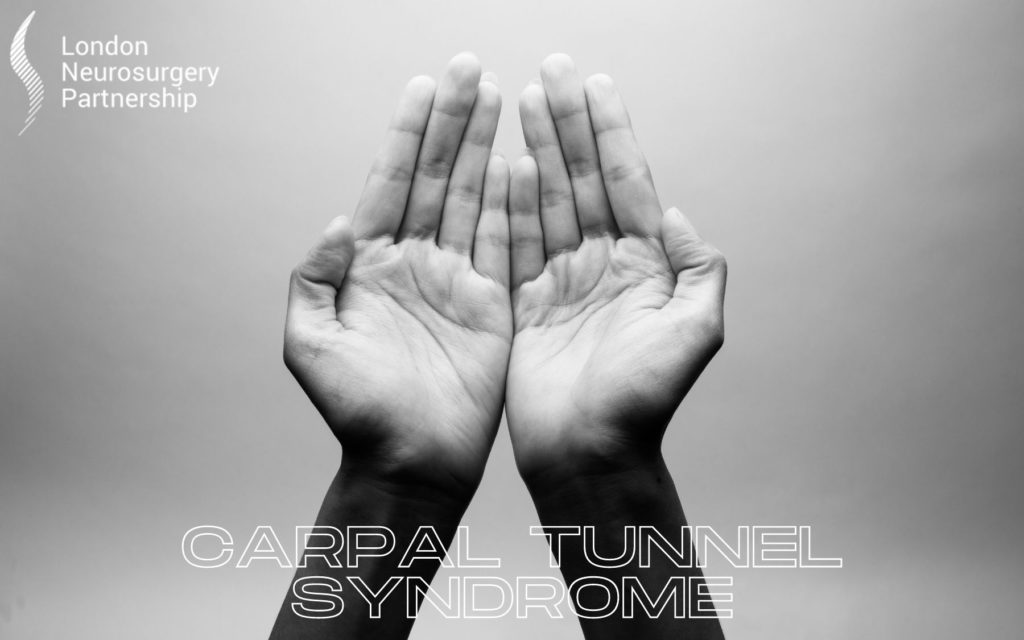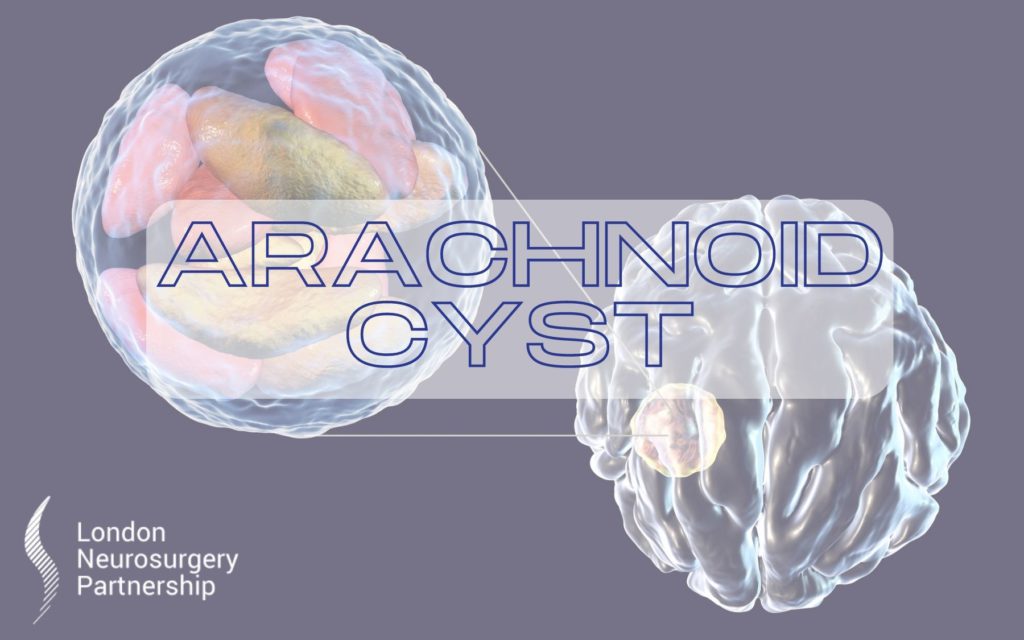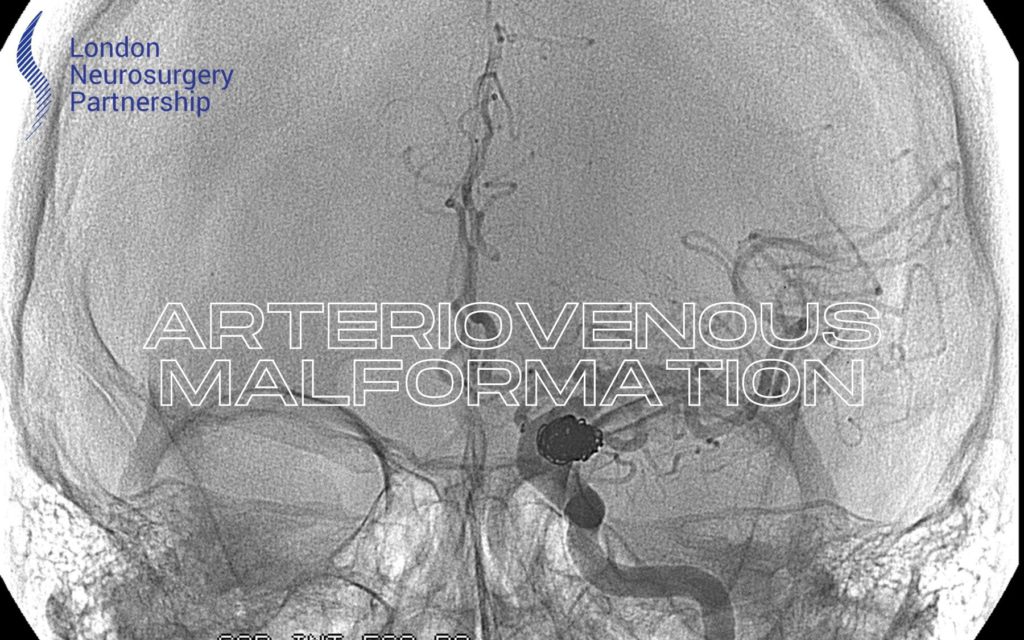
Mr Bassi tells us all about what happens if you suffer from carpal tunnel syndrome.
Carpal tunnel syndrome is a condition whereby compression of the median nerve at the wrist causes pain, numbness and tingling in the thumb, middle finger and thumb side of the ring finger.
The carpal tunnel itself is a narrow space covered by a fibrous strip of tissue on the palm side of the wrist bone. The median nerve as well as the tendons which bend the fingers run through this space. As the space is limited, if there is any swelling in the area the nerve often gets squashed which means that it doesn’t work as well. This is then known as carpal tunnel syndrome.
Symptoms of carpal tunnel syndrome include:
- Pins and needles and numbness in the thumb, middle finger and half of the ring finger nearest the thumb
- Pain and aching in the hand and thumb, middle finger and half of the ring finger nearest the thumb. This pain can on occasion travel up the arm
- A weakened grip
Why does carpal tunnel syndrome occur?
In many cases there is no clear reason why carpal tunnel syndrome starts but it is clear that it is associated with pressure on the median nerve. This can be associated with:
- Pregnancy – the fluid retention associated with pregnancy can cause swelling around the carpal tunnel, compressing the median nerve.
- Wrist dislocations and fractures can put pressure on the median nerve.
- Bone or arthritic conditions of the wrist such a rheumatoid arthritis – these conditions can be associated with thickening of the ligament at the carpal tunnel, narrowing the space.
- Side effects of some medicines for example the combined oral contraceptive pill can disrupt the hormonal balance enough the cause carpal tunnel syndrome.
- Other conditions including obesity, diabetes or menopause can increase water retention resulting in compression on the median nerve.
When would surgery be needed?
If symptoms persist and are not relieved by medication or exercises then surgery may be an option.
Surgery involves either local anaesthetic to numb the wrist area during surgery or general anaesthetic. During the surgery, the surgeon will cut the ligament over the front of the wrist with the aim of relieving pressure on the median nerve.
After surgery, in most cases, patients can return home on the same day as the procedure. To help prevent swelling in the fingers raise the arm can stay on pillow when resting, wiggling the fingers and make a fist regularly. Most individuals (depending on their job of course) return to work and most daily activities in approximately 2 weeks.
This article is intended to inform and give insight but not treat, diagnose or replace the advice of a doctor. Always seek medical advice with any questions regarding a medical condition.





0 Comments